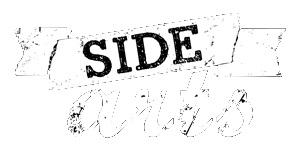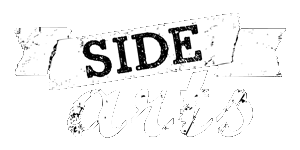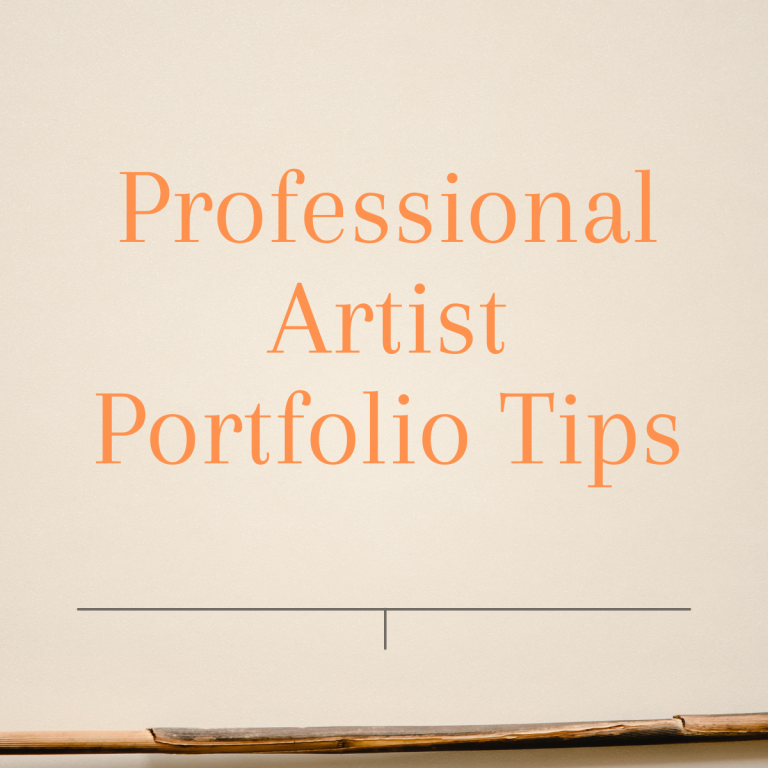Professional Artist Portfolio Tips
A well-crafted professional artist portfolio is a powerful tool that can help you showcase your talent, attract potential clients, and open doors to various opportunities in the art world. Whether you’re a painter, sculptor, illustrator, or any other type of artist, having a professional portfolio is essential for establishing your presence and credibility. In this blog post, we will explore some valuable tips to help you build a compelling artist portfolio that effectively highlights your skills and artistic vision.
- Define your artistic focus: Before diving into creating your portfolio, take some time to define your artistic focus. Determine the style, medium, or themes that represent your unique voice as an artist. This clarity will help you curate your portfolio with a consistent and coherent body of work. Whether you specialize in abstract art, portraiture, or mixed media, having a clear focus will make your portfolio more appealing and memorable.
- Quality over quantity: When it comes to selecting artwork for your portfolio, remember that quality always trumps quantity. Focus on showcasing your best and most recent work rather than including every piece you’ve ever created. Be selective and choose artworks that demonstrate your technical skills, creativity, and artistic growth. A portfolio with a concise selection of high-quality pieces will make a stronger impression on viewers.
- Organize your portfolio: Organize your portfolio in a logical and intuitive manner. Start with a captivating cover page or introduction that gives viewers a glimpse into your artistic journey. Follow it with a well-structured sequence of artwork that flows smoothly. Consider grouping your pieces by theme, medium, or chronology, depending on what makes the most sense for your work. Ensure that the presentation is visually appealing, consistent, and easy to navigate.
- Show your range: While having a defined artistic focus is important, it’s also beneficial to showcase your versatility as an artist. Include a variety of pieces that highlight different techniques, subject matters, or styles. This demonstrates your ability to adapt and experiment, making you more attractive to potential clients or collaborators who might have diverse artistic needs.
- Provide context and details: For each artwork, provide context and details that enhance the viewer’s understanding and appreciation. Include titles, dimensions, materials used, and any relevant descriptions or inspirations. Consider adding brief artist statements or captions that give insight into your creative process, intentions, or the emotions you aim to evoke. These additional details help create a connection between the viewer and your artwork.
- Presentation matters: While the focus is on the artwork itself, the presentation of your portfolio should not be overlooked. Invest in high-quality photographs or scans of your work to ensure accurate representation. Pay attention to lighting, composition, and color accuracy to capture the essence of each piece. Additionally, consider designing a professional and visually appealing portfolio layout that complements your artwork.
- Keep it updated: Regularly update your portfolio to reflect your growth and progress as an artist. Remove older pieces that no longer align with your current style or level of expertise. Replace them with newer works that demonstrate your artistic evolution. Keeping your portfolio fresh and up to date shows that you’re actively engaged in your craft and allows viewers to witness your artistic journey.
Conclusion
Building a professional artist portfolio is a crucial step towards establishing your presence in the art world. By defining your artistic focus, curating high-quality artwork, organizing your portfolio effectively, showcasing your range, providing context, paying attention to presentation, and keeping it updated, you’ll create a powerful tool that accurately represents your skills and artistic vision. Remember, your portfolio should be a reflection of your passion and talent, so invest time and effort into making it as impactful as possible.
Next Step
Are you ready to showcase your artwork? Apply to become represented by Side Arts. Limited capacity and by jury review. Click here to learn more.



